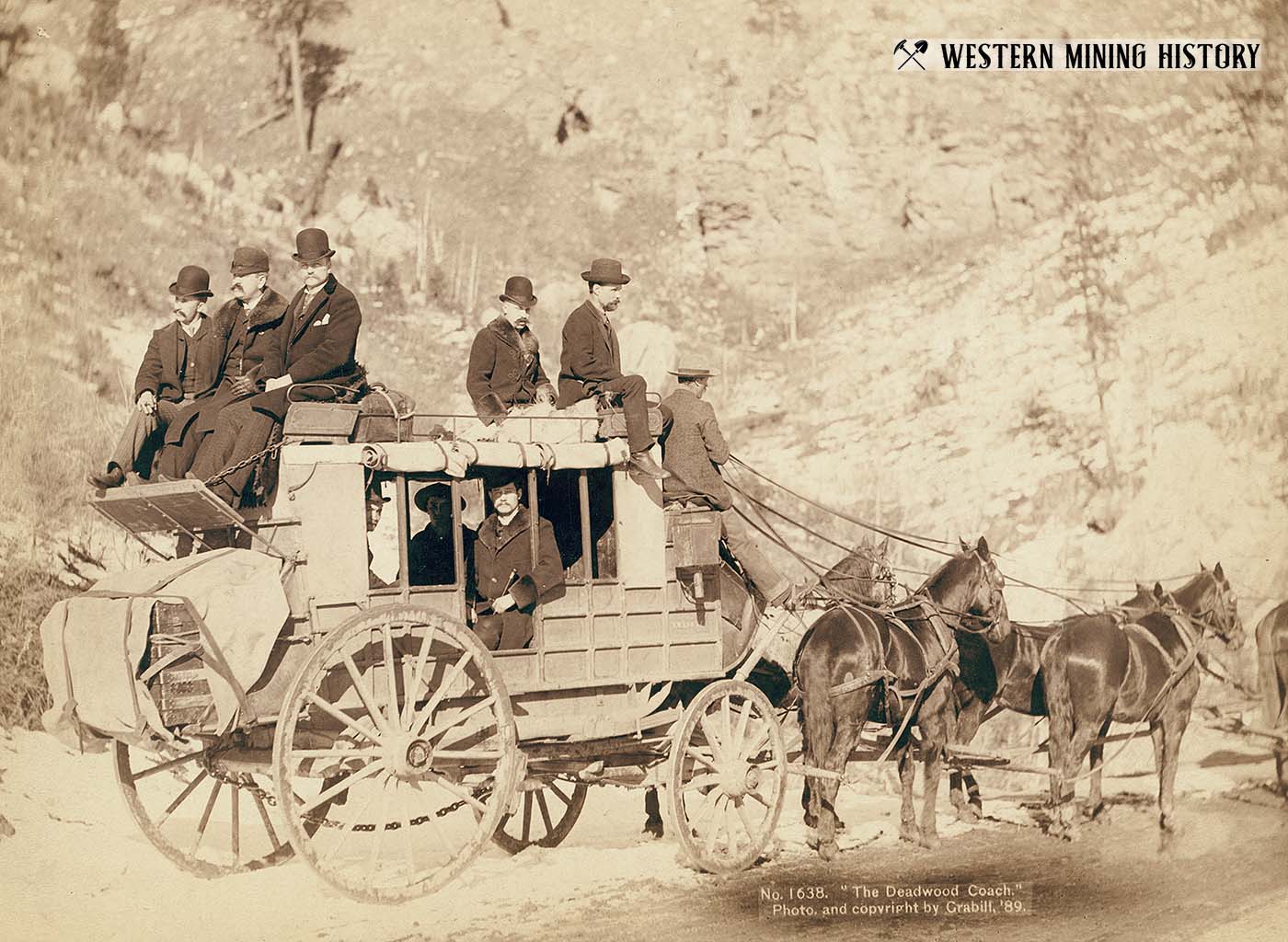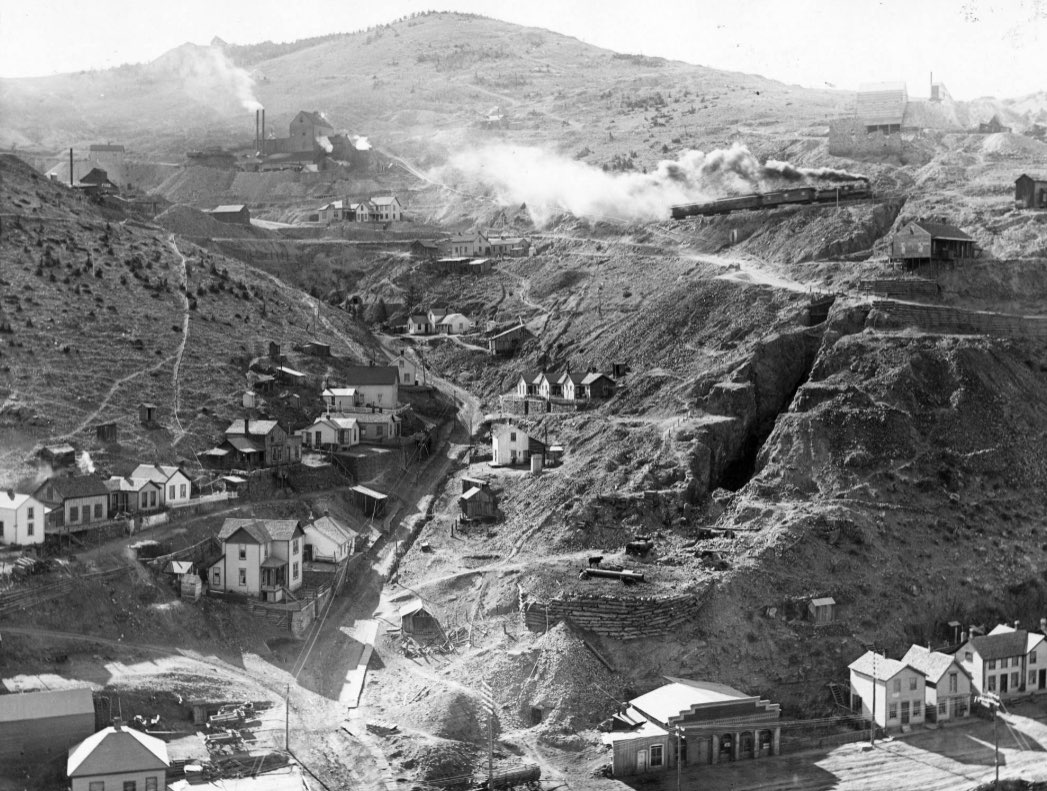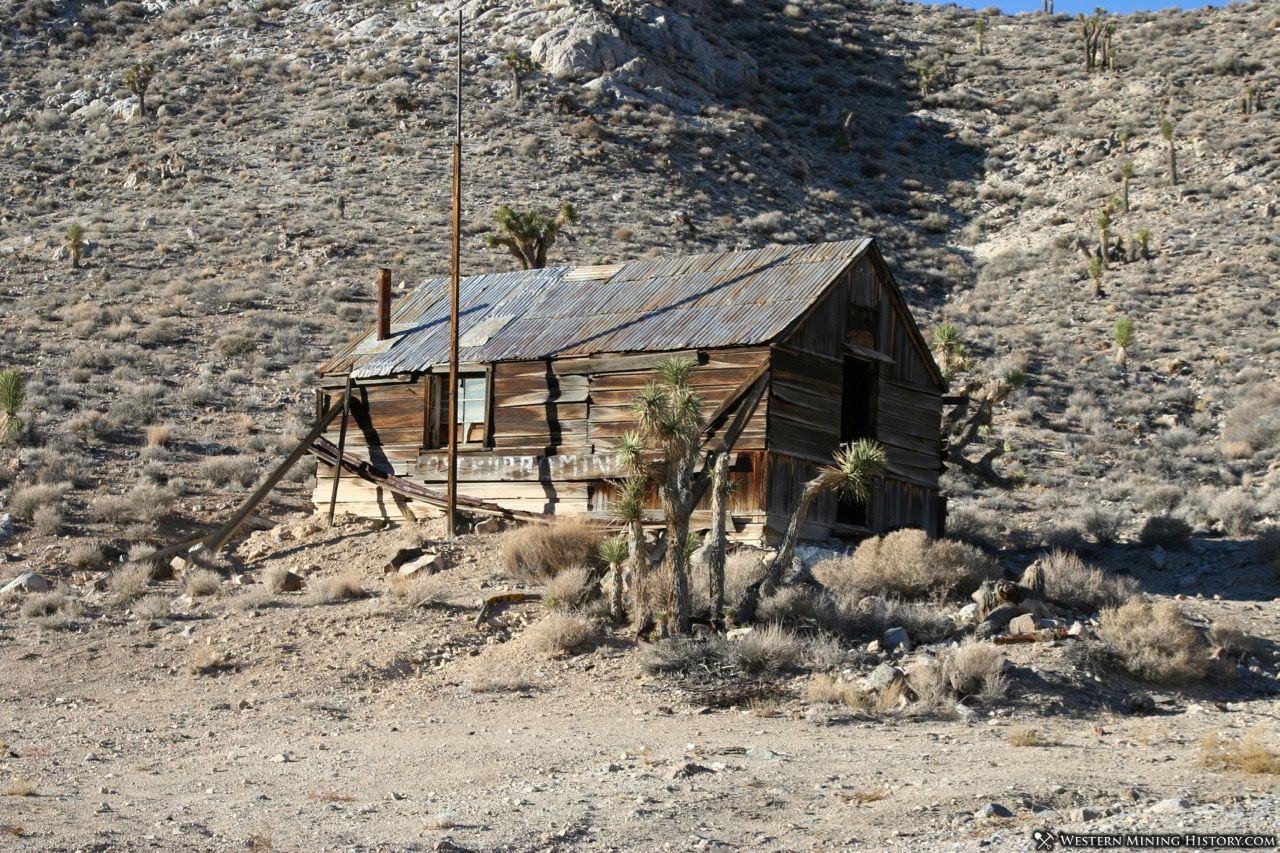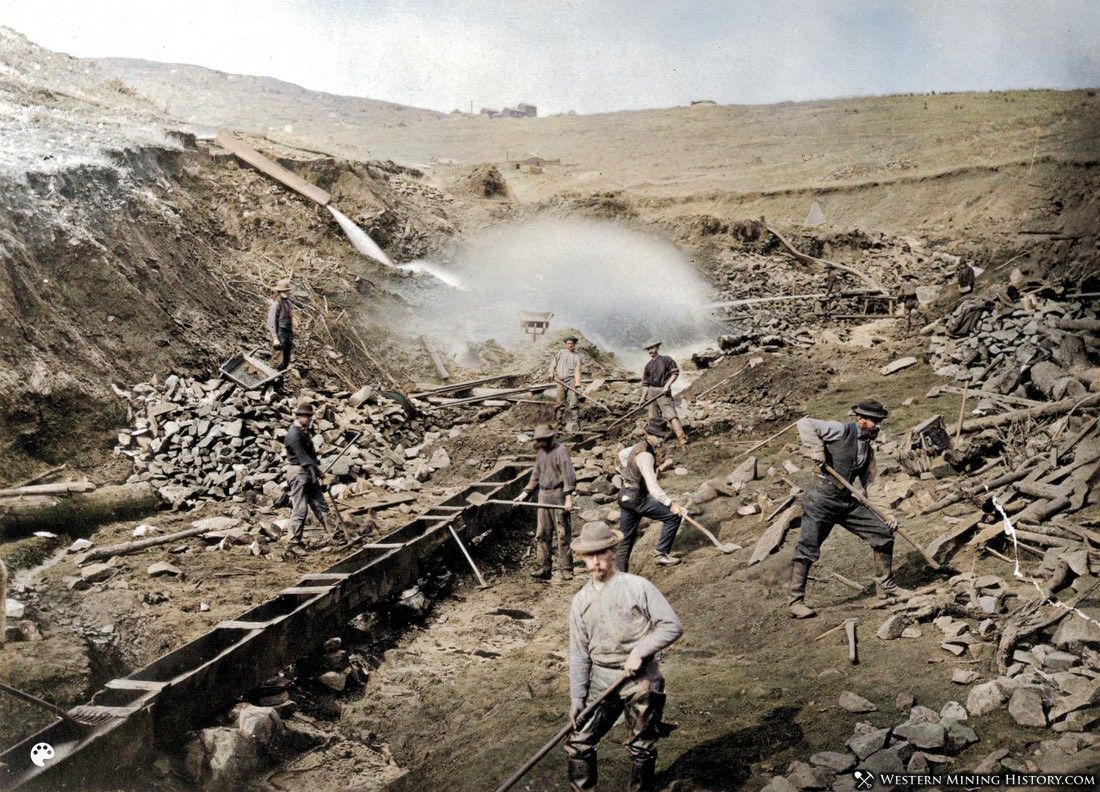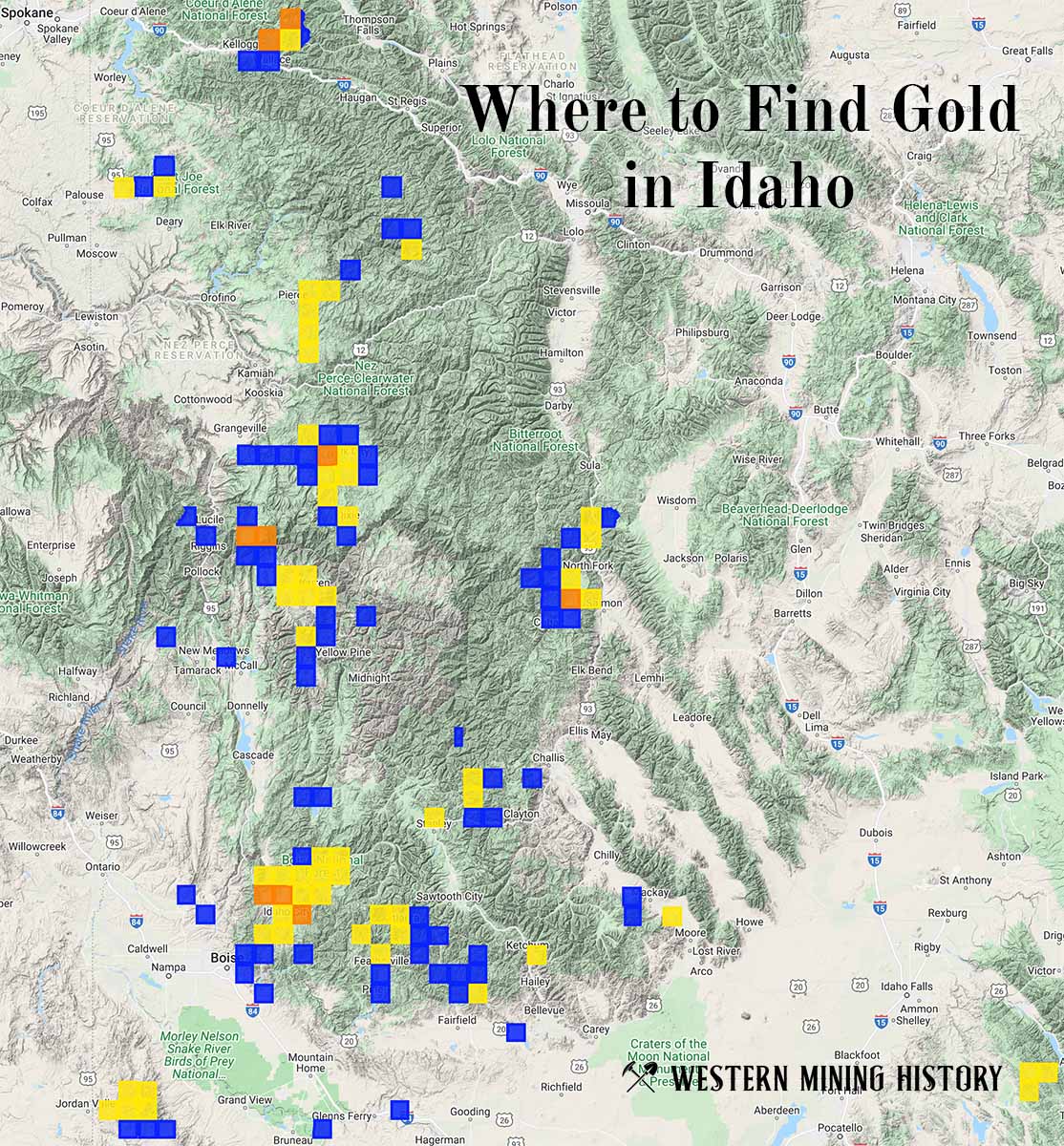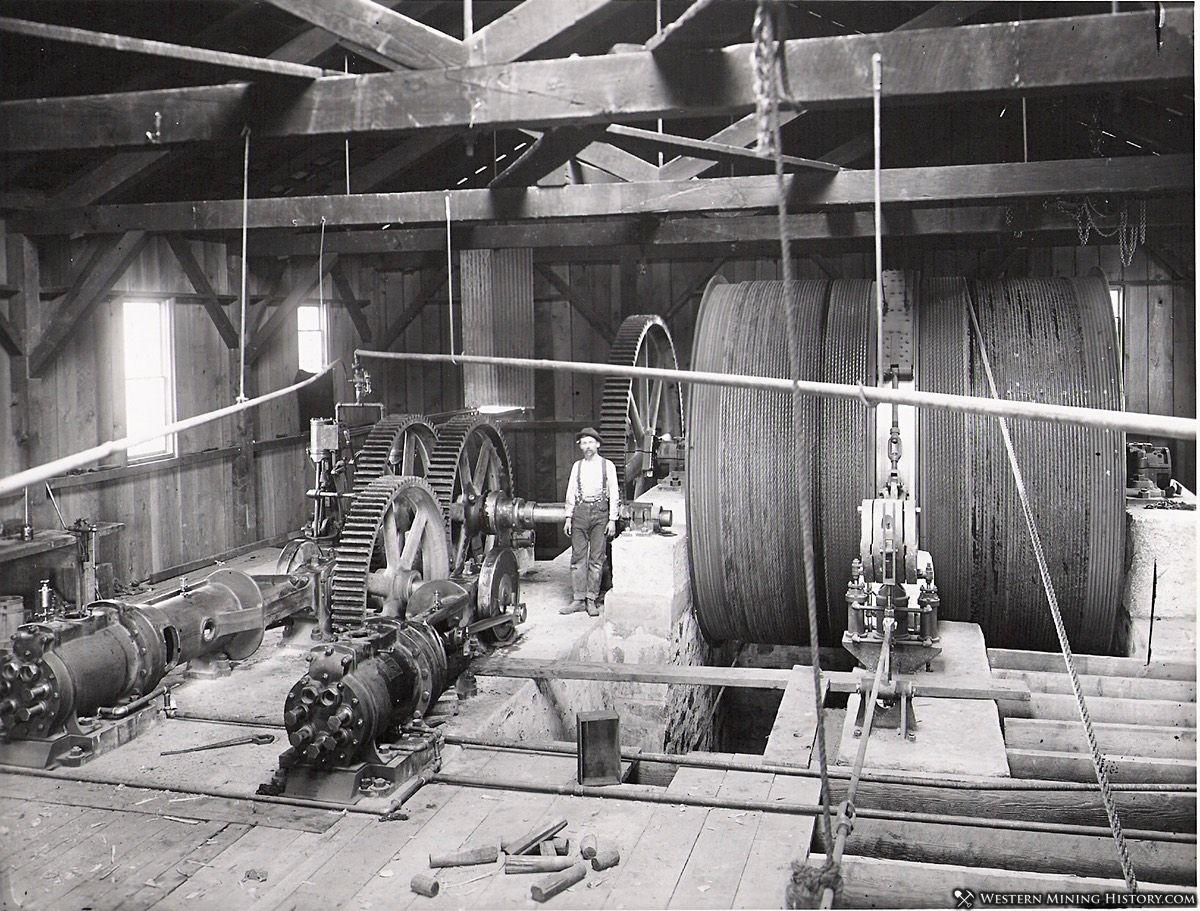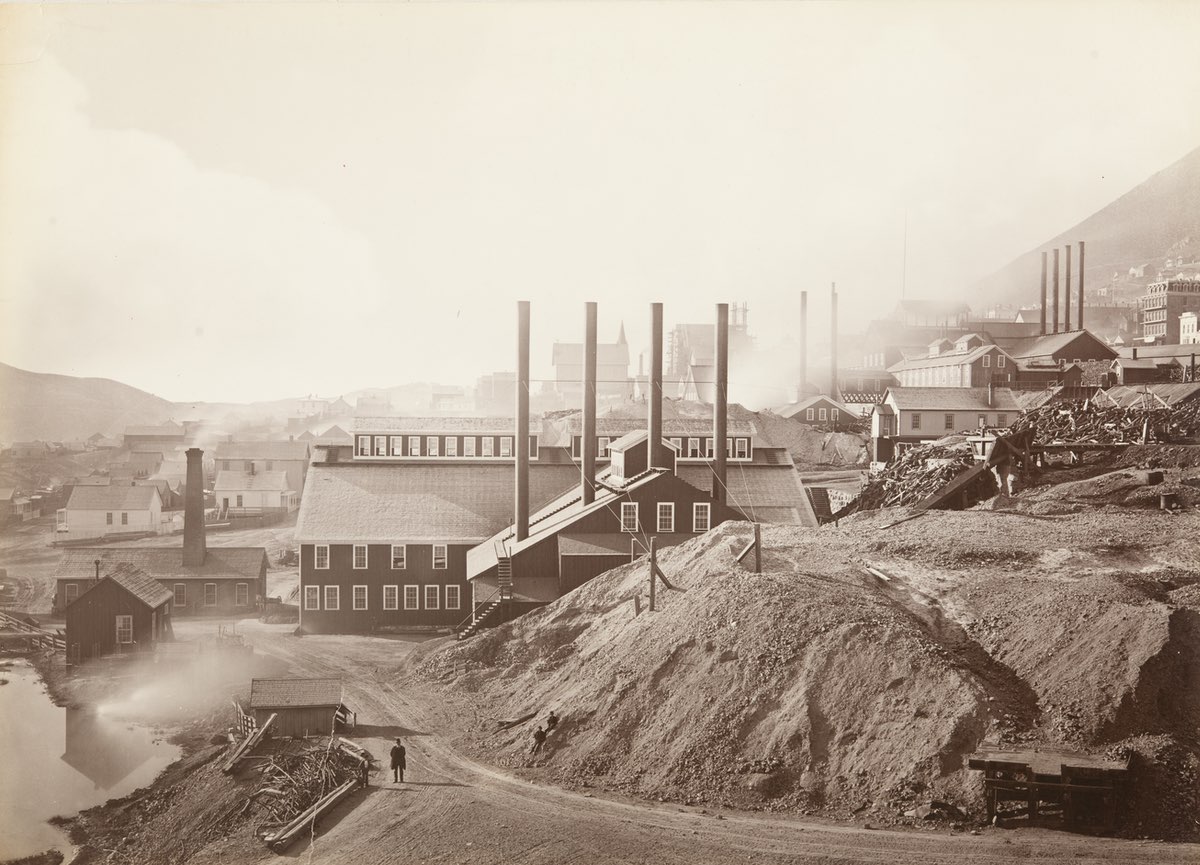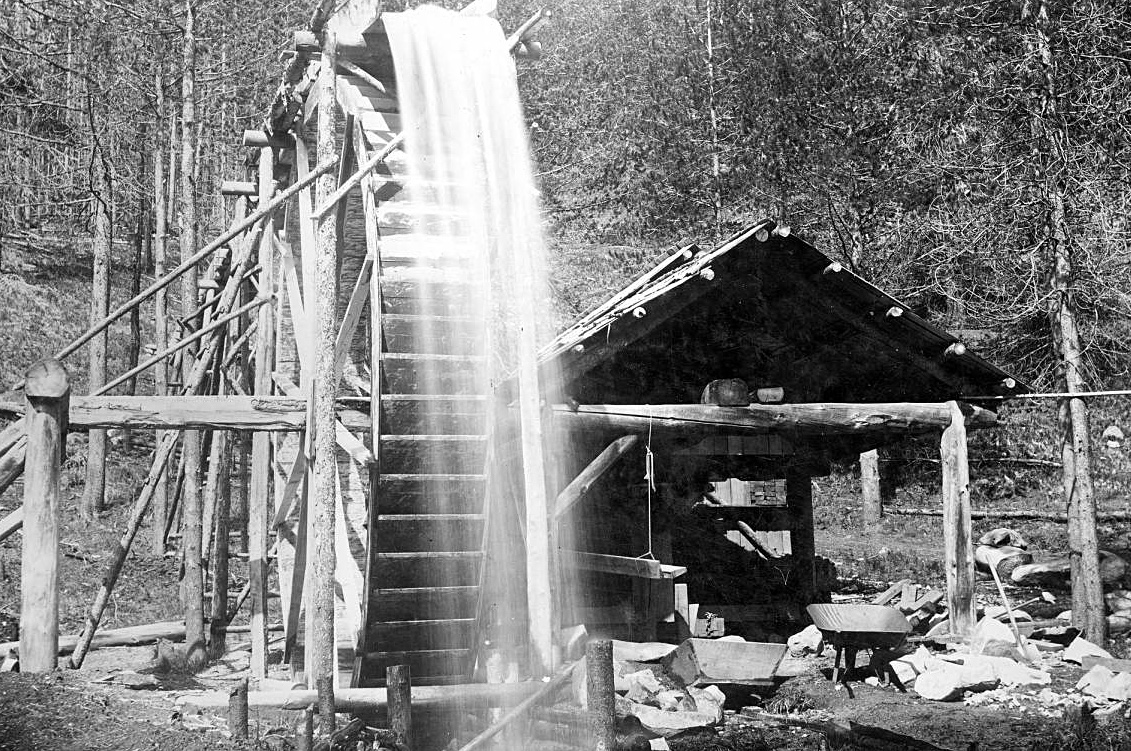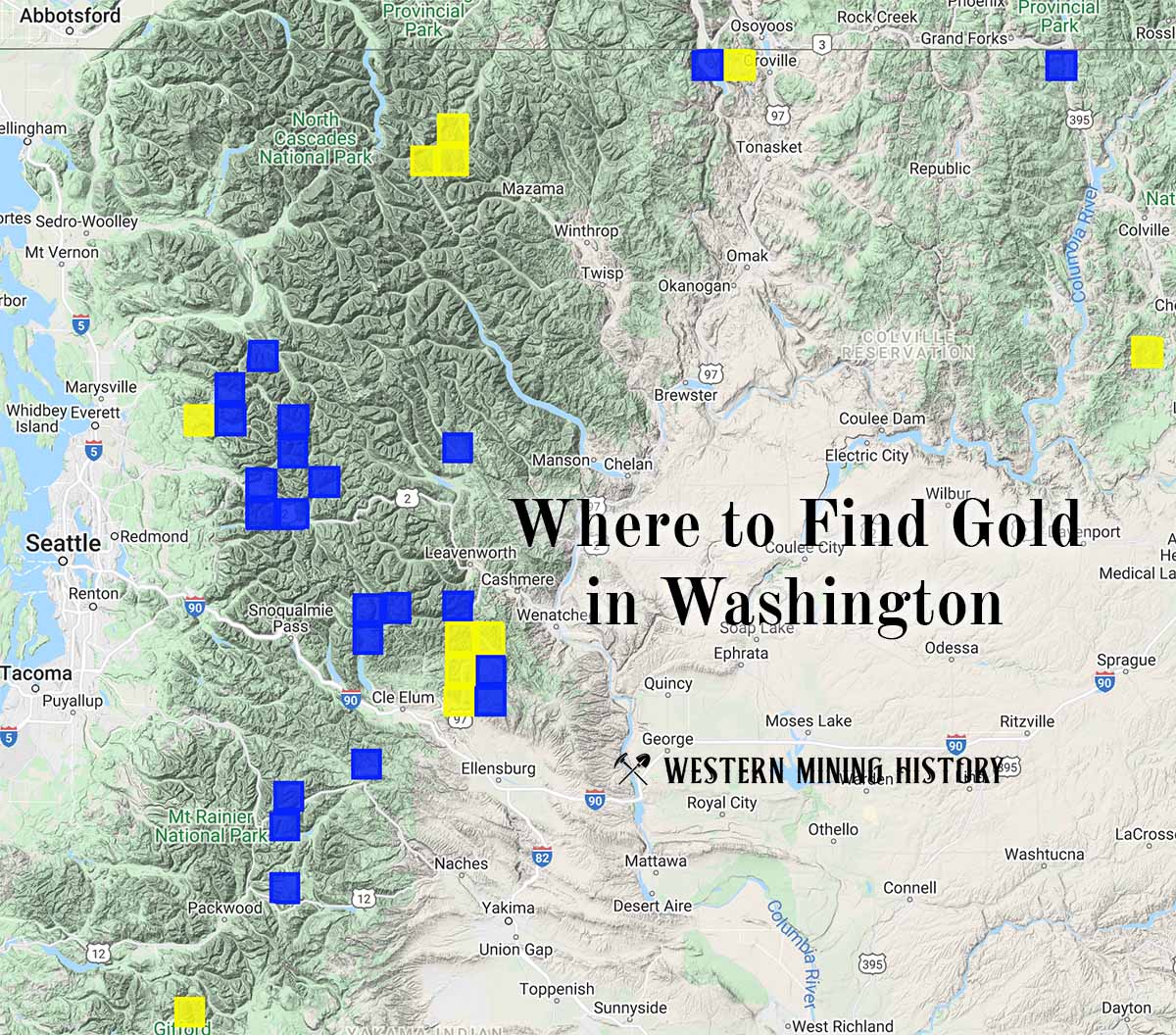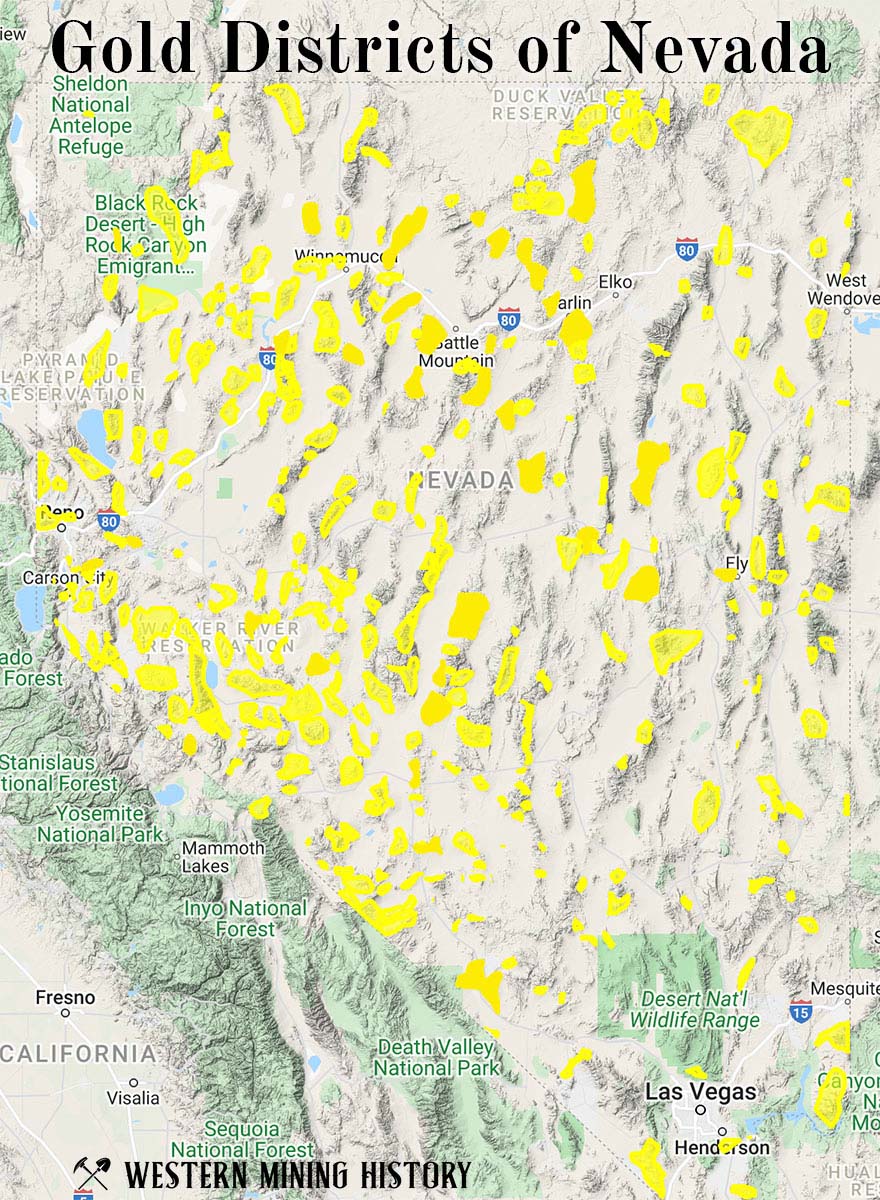The Stagecoach: A Photo Essay on Western Travel
Text By Gary Carter. Photos sourced by Western Mining History from various archives. Author’s note: this is a short synopsis of early stagecoach activity in the far west. Please note that different sources may provide slightly varying numbers when describing coaches, men, way stations and animals used. The readers are directed to the bibliography for
